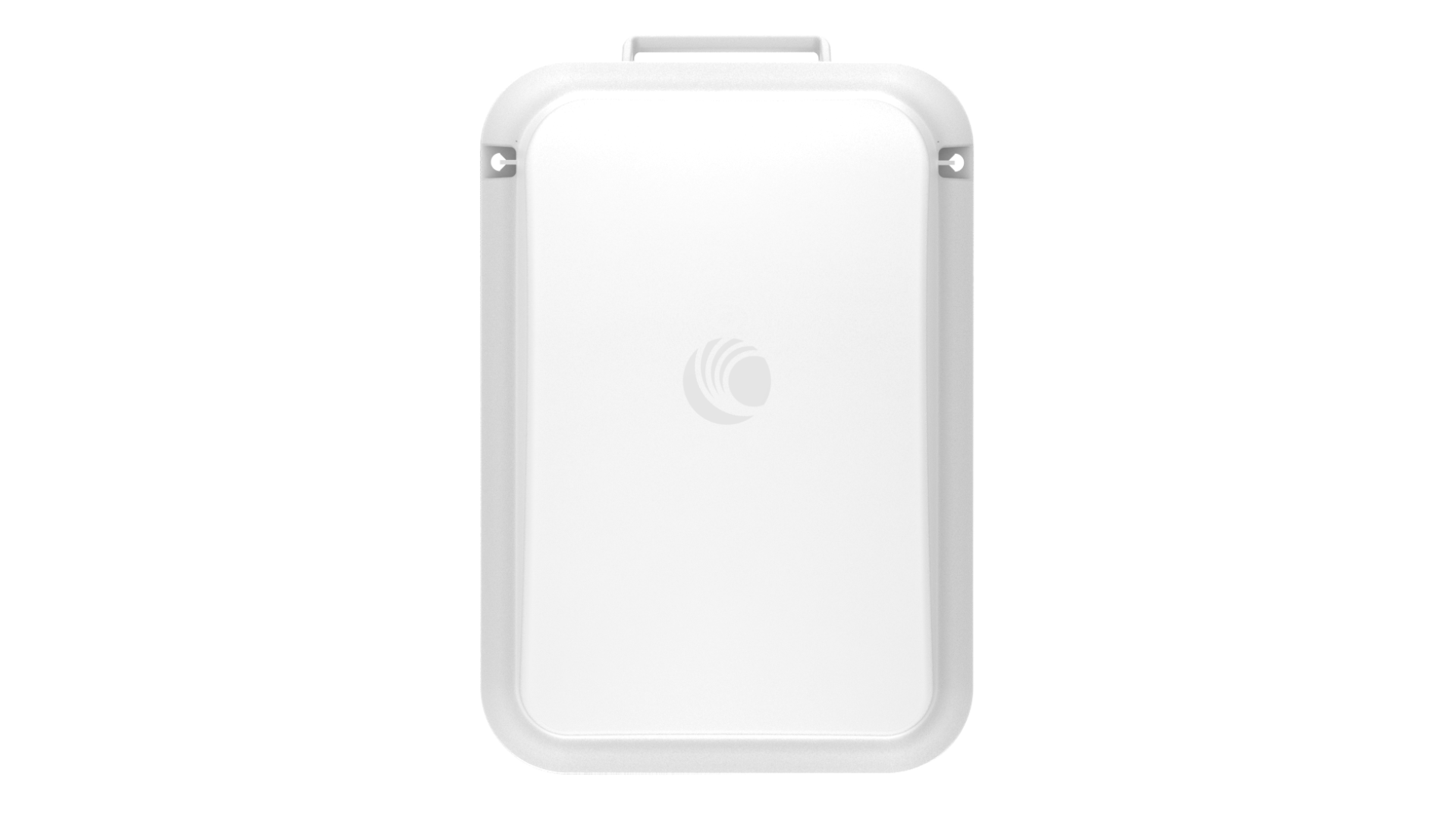
cnWave 60 GHz Fixed Wireless
High-Capacity Millimeter Wave Connectivity

Next-Generation 60 GHz Connectivity
The 60 GHz cnWave products support a wide spectrum of up to 9 GHz (57-66 GHz) that is typically divided into channels of 2 GHz each. The 60 GHz band is largely uncongested when compared to 2.5 GHz and 5 GHz public bands, which are currently used for Wi-Fi. The 60 GHz band is an unlicensed millimeter-wave band that can provide massive speeds and throughput with Line of Sight (LoS) applications.
The 60 GHz band is located in the millimeter-wave (30 GHz to 300 GHz) portion of the electromagnetic spectrum.
The millimeter-wave portion of the RF spectrum has been largely unexploited for commercial wireless applications. 60 GHz wireless products enable two-way wireless communications at data rates that was previously achieved using fiber optic cables.
Ethernet Loop Prevention
cnWave OpenR is a Layer3 routing protocol so there is no concern about Ethernet Loop. To pass Layer2 traffic transparently, the system can be configured to provide L2GRE tunneling, using the POPs as tunnel concentrator. This results in a hub and spoke logical topology such as below, so there is no loop either.
An Ethernet Loop would be created when the switch is connected to both tunnels at the same time, and this is exactly what happened in a hardware redundancy setup.
To break the loop, it is recommended that the switches turn on RSTP protocol. We also recommend configuring the switch at the POP sites to be root bridge so that the POP’s backhaul port will not be the one to be blocked for breaking the loop – we want the switch port that is connected to one of the tunnels at the remote site to be blocked instead.

POP Failover Optimization
In a multi-POP (at least 2 POPs) network, the L2GRE tunnels concentrators (POPs) are assigned to each tunnel automatically based on the number of the hops that each node is from the POP. The network will use the least number of hops for the tunnel. As a result, it is possible that tunnels from the cnWave nodes at the same site be assigned to the same tunnel concentrator POP. If that POP fails, the tunnels will be temporarily re-assigned to other POP as concentrator and this failover will take more than 10 seconds, which means service down time for more than 10 seconds for the sites affected.
However, with careful engineering, the operator can configure preferred-tunnel-concentrator assignment so that the tunnels at the same site be split into different POPs. As a result, the failover downtime caused by POP failure will be totally dependent on how fast the switch RSTP reconverge. Typically, RSTP reconverges within less than 6 seconds





